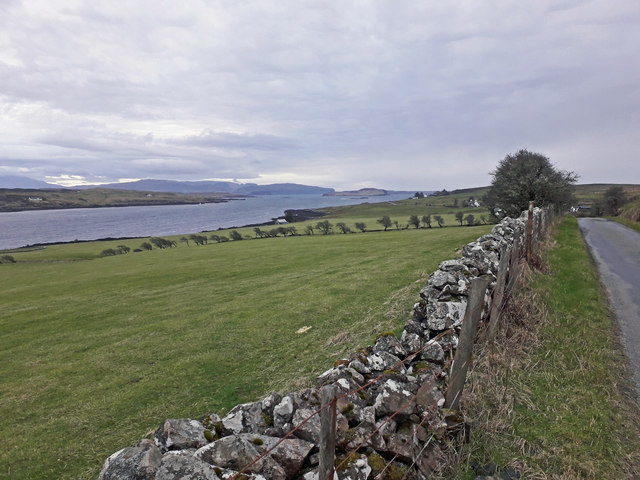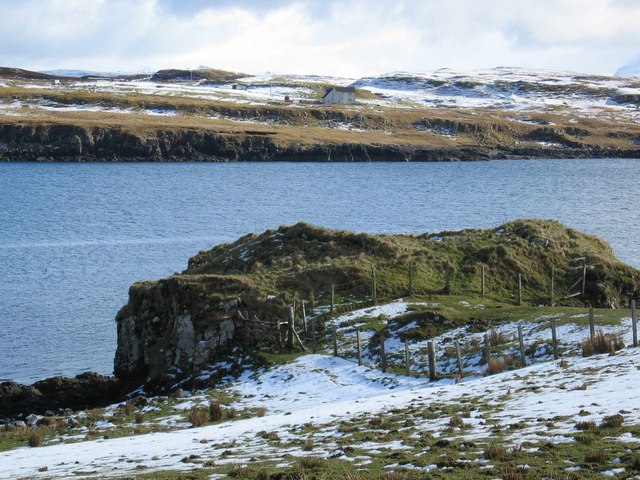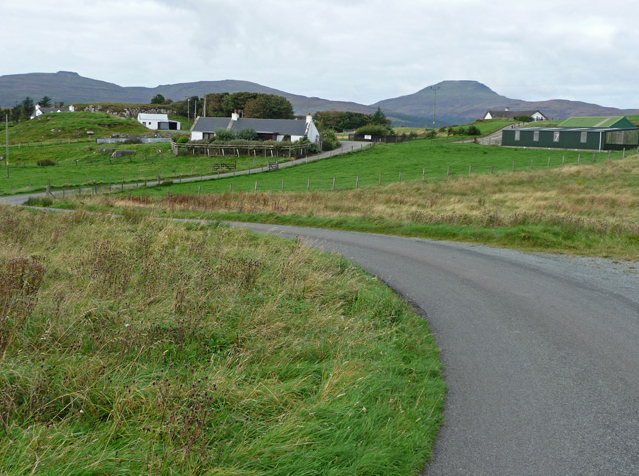An Cadha Ruadh
Settlement in Inverness-shire
Scotland
An Cadha Ruadh
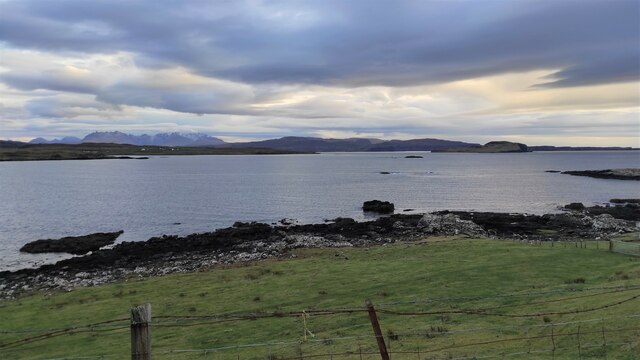
An Cadha Ruadh, also known as Achnasheen, is a small village located in Inverness-shire, Scotland. Situated in the picturesque Scottish Highlands, it is surrounded by stunning natural beauty, making it an ideal destination for outdoor enthusiasts and nature lovers.
The village is nestled in a valley, surrounded by majestic mountains and rolling hills. It is located along the A832 road, which connects the nearby towns of Dingwall and Gairloch. Achnasheen is approximately 30 miles west of Inverness, the capital of the Highlands.
The area is known for its abundance of hiking and walking trails, offering opportunities to explore the rugged landscapes and enjoy breathtaking views. Beinn Eighe, one of Scotland's most iconic mountains, is located nearby and attracts climbers and hikers from around the world.
Achnasheen has a small but welcoming community, with a handful of shops, cafes, and accommodations for visitors. The village is also home to a historic railway station, which was originally built in the 19th century and now serves as a stop on the scenic Kyle Line.
For those interested in history and culture, nearby attractions include the Eilean Donan Castle, the Loch Maree Islands, and the Beinn Eighe National Nature Reserve. Wildlife enthusiasts may also have the chance to spot red deer, golden eagles, and other native species in the surrounding countryside.
In summary, An Cadha Ruadh, Inverness-shire, is a charming village surrounded by stunning natural landscapes, offering a range of outdoor activities and attractions for visitors to enjoy.
If you have any feedback on the listing, please let us know in the comments section below.
An Cadha Ruadh Images
Images are sourced within 2km of 57.399918/-6.4864928 or Grid Reference NG3043. Thanks to Geograph Open Source API. All images are credited.
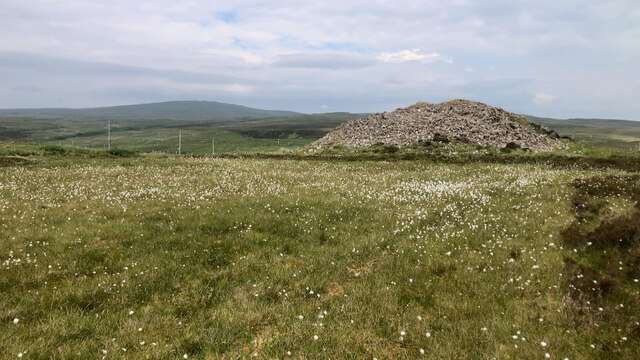


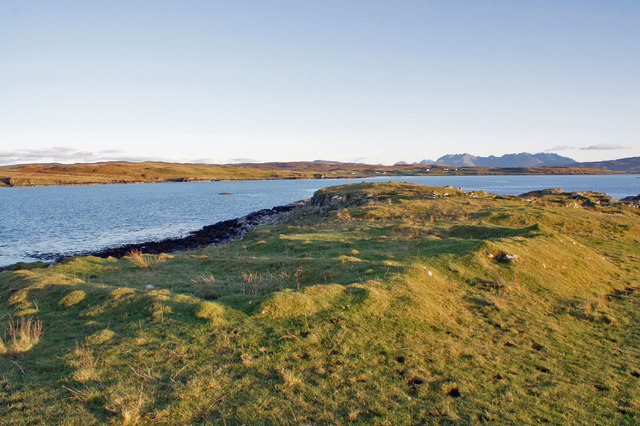
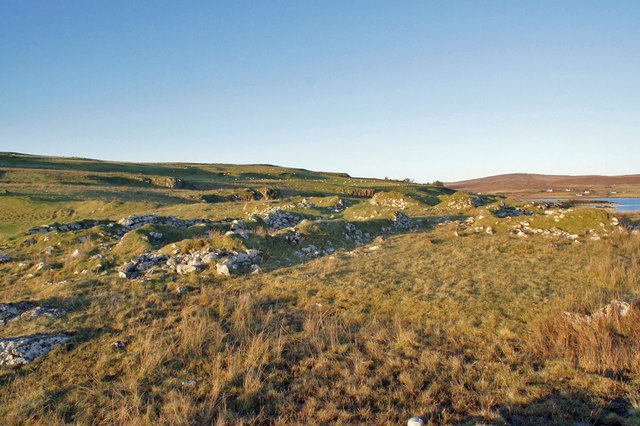

An Cadha Ruadh is located at Grid Ref: NG3043 (Lat: 57.399918, Lng: -6.4864928)
Unitary Authority: Highland
Police Authority: Highlands and Islands
Also known as: Caroy
What 3 Words
///cabbages.weeps.format. Near Dunvegan, Highland
Nearby Locations
Related Wikis
Feorlig
Feorlig (Scottish Gaelic: Feòirlig) is a small crofting settlement on the northwest shore of Loch Caroy near Dunvegan on the Isle of Skye in the Highlands...
Vatten, Skye
Vatten is a hamlet 3 miles (4.8 km) south east of Dunvegan, on the eastern shore of Loch Vatten, on the Isle of Skye, in the council area of Highland,...
Harlosh
Harlosh (Scottish Gaelic: Heàrrlois) is a settlement on the island of Skye off the west coast of Scotland. The settlement is on a peninsula of the same...
Ose, Skye
Ose (Scottish Gaelic: Òs) is a small coastal settlement of Loch Bracadale, in the Scottish Highland area. It lies on the west coast of the Isle of Skye...
Nearby Amenities
Located within 500m of 57.399918,-6.4864928Have you been to An Cadha Ruadh?
Leave your review of An Cadha Ruadh below (or comments, questions and feedback).





